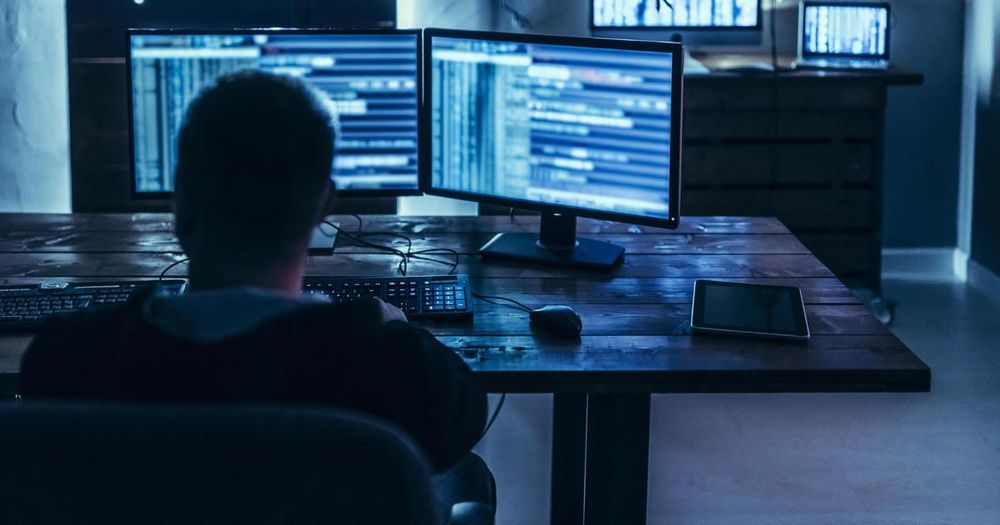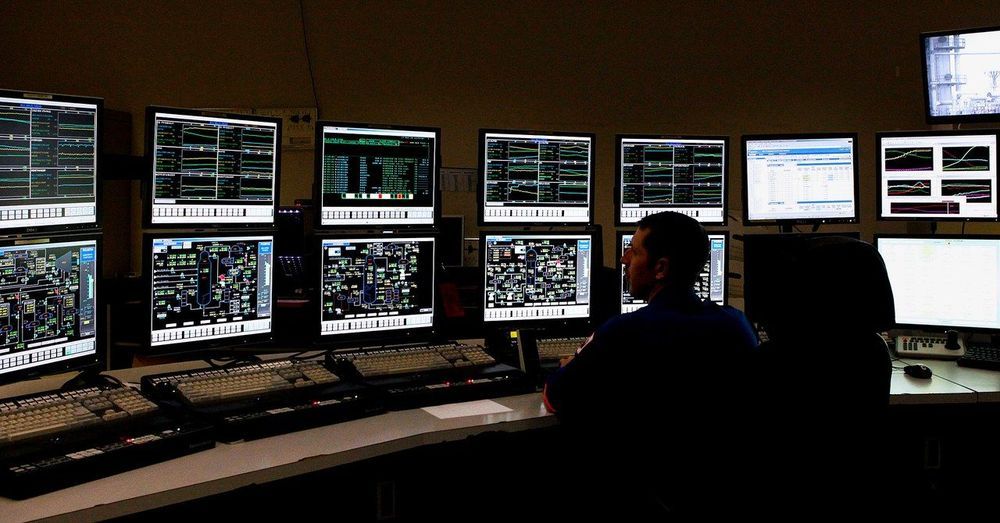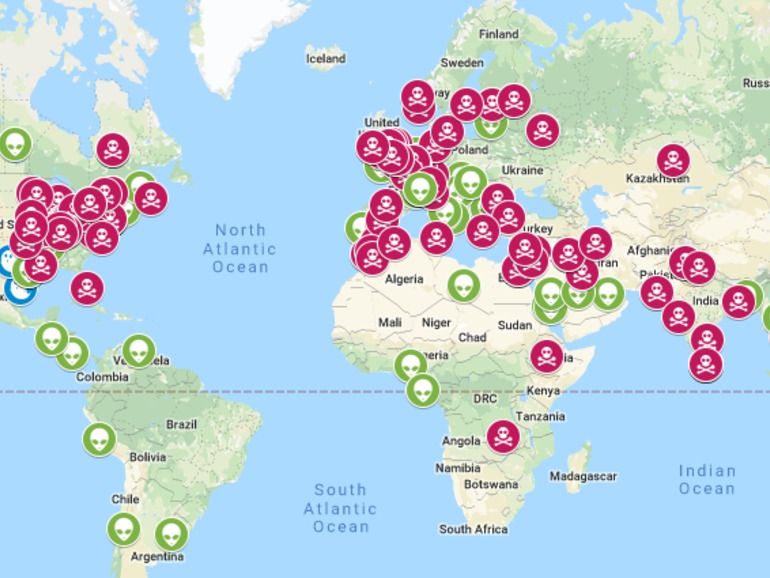O.o…
The communications system of Mexico’s oil giant Pemex is still suffering the lingering effects of a cyberattack that occurred earlier this month, sources from the company told Bloomberg.
A ransomware attack caused administrative operations at Pemex to grind to a halt on November 10, with the company announcing the resumption of work soon after, saying the actual attack had been prevented.
The attackers used the Ryuk ransomware, which specifically targets companies with annual revenues of between $500 million and $1 billion. The Ryuk ransomware gets dropped into a network by another malware and soon after begins encrypting files. Yet the encryption begins with a delay, which gives the attackers time to study their target and how much money they could extort from it.









